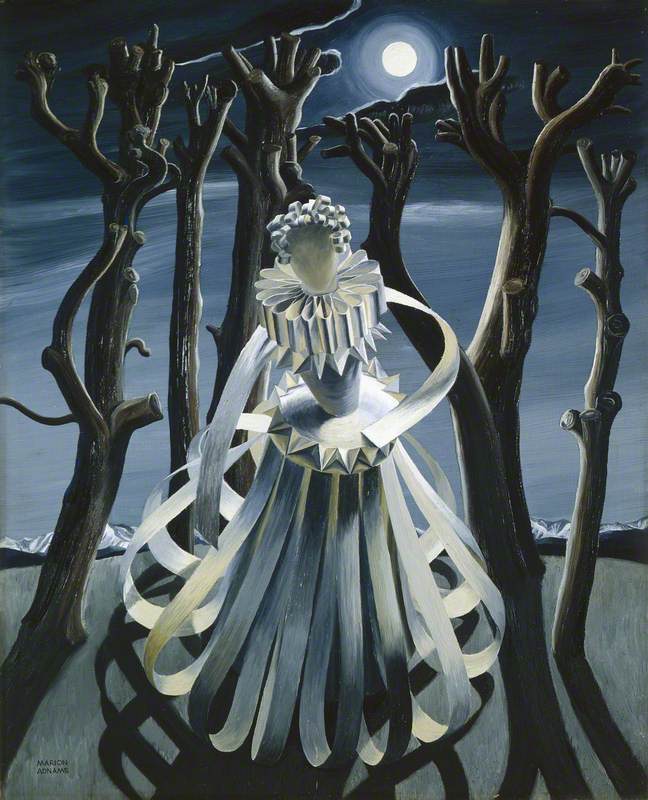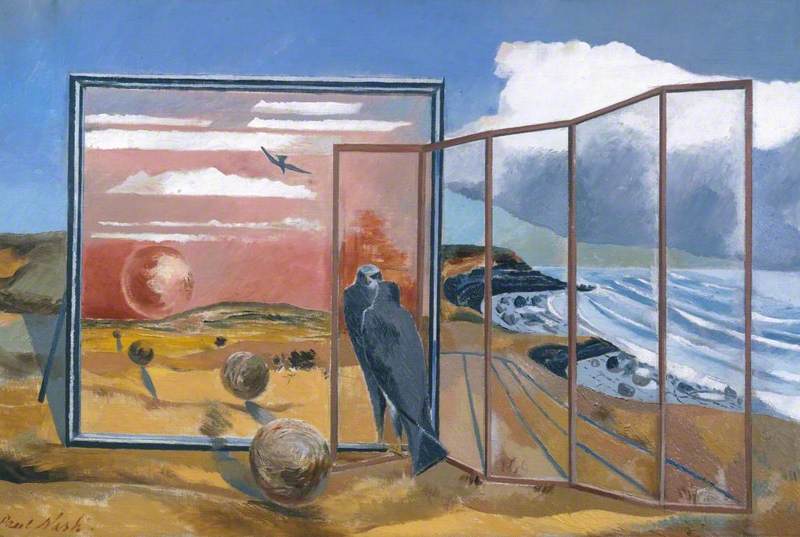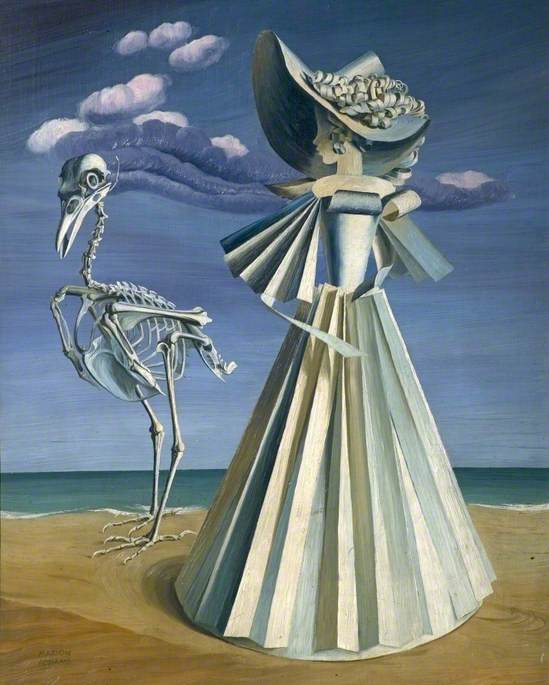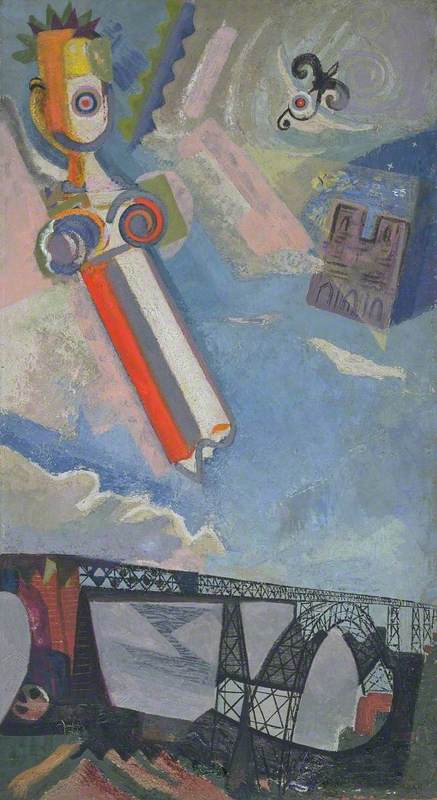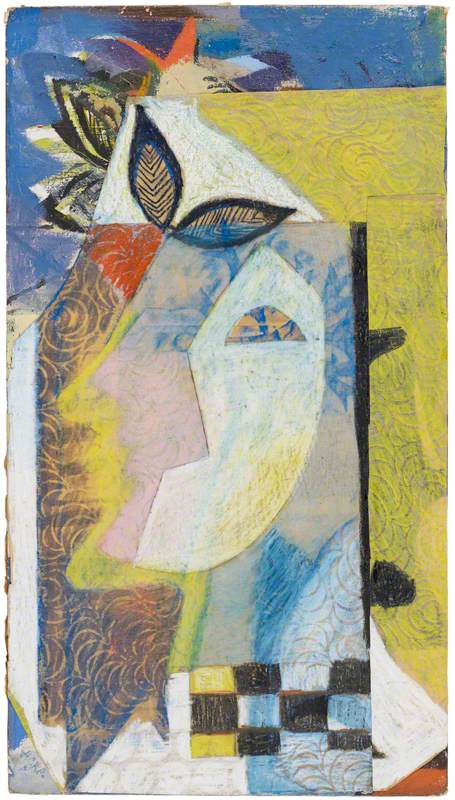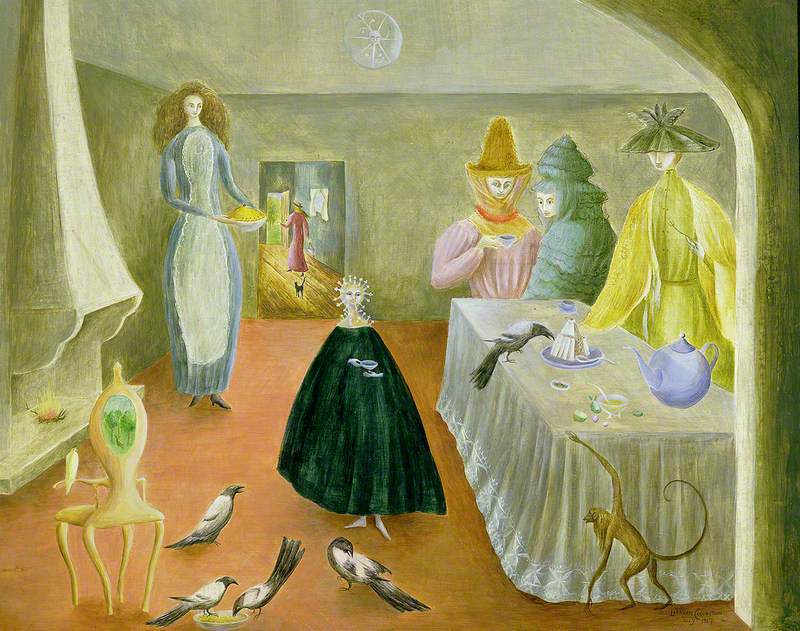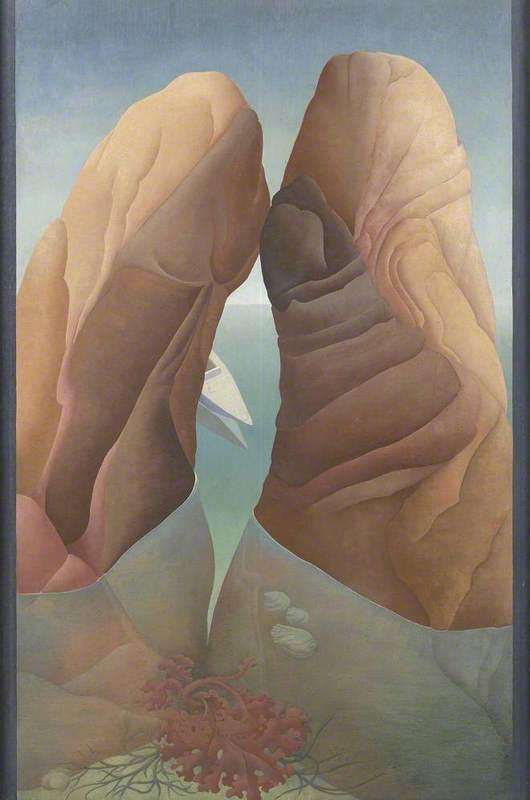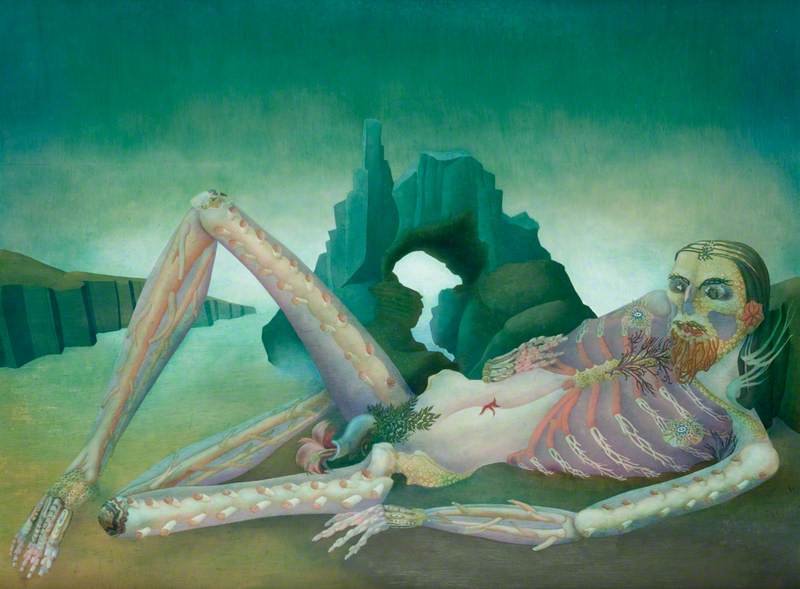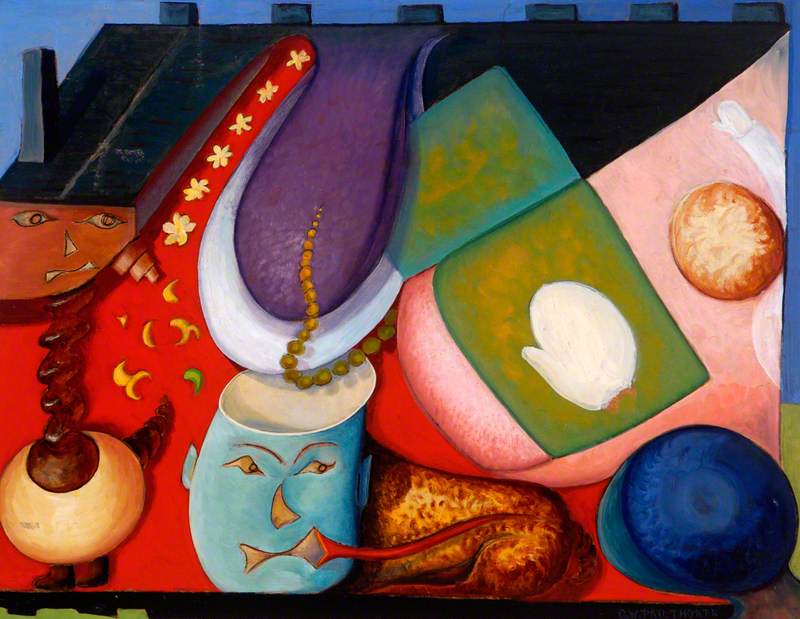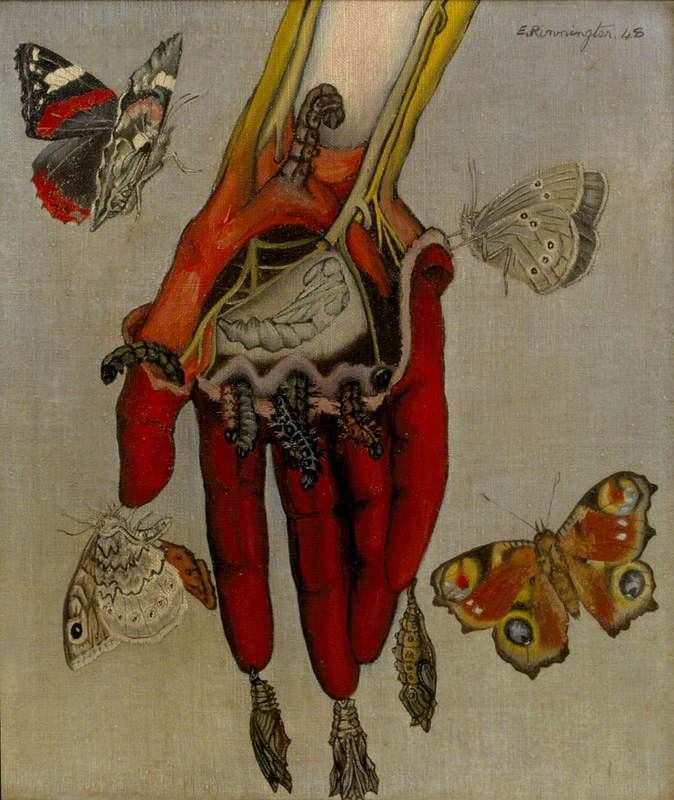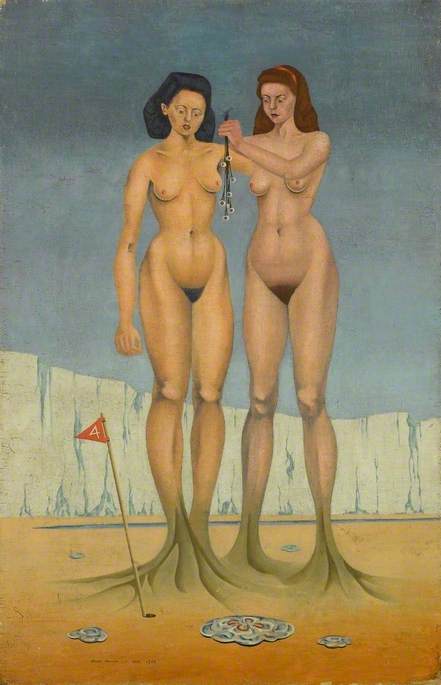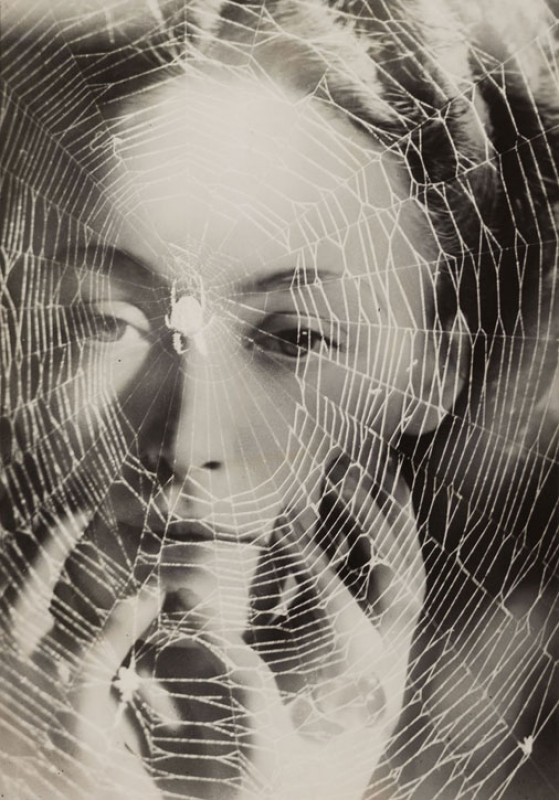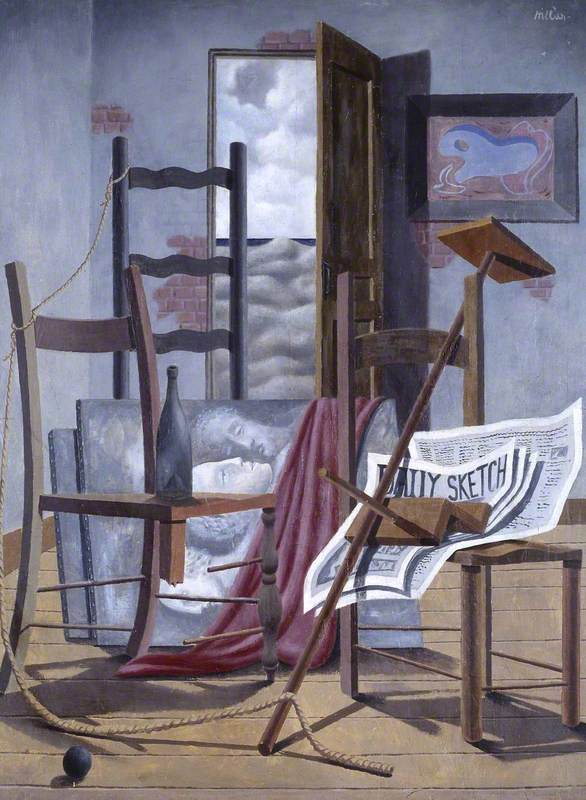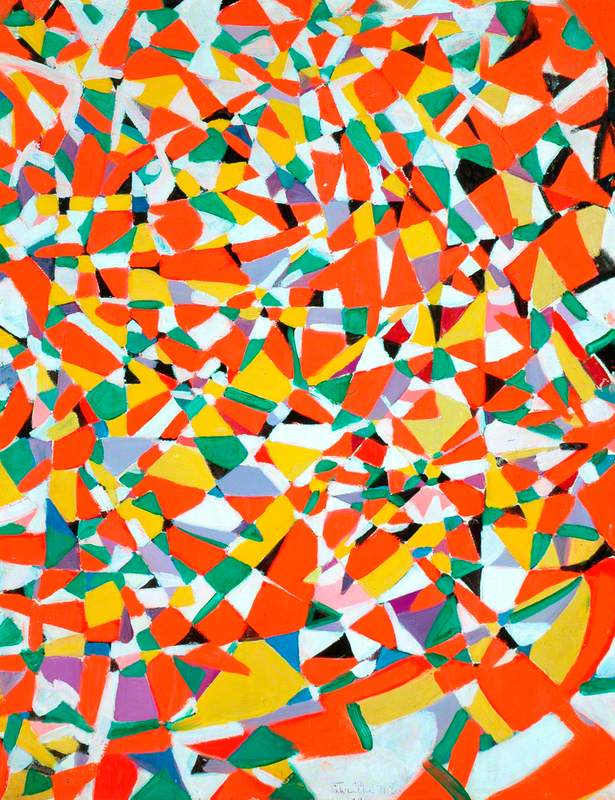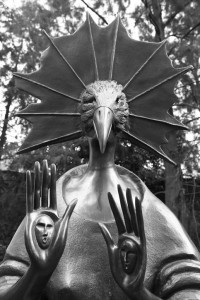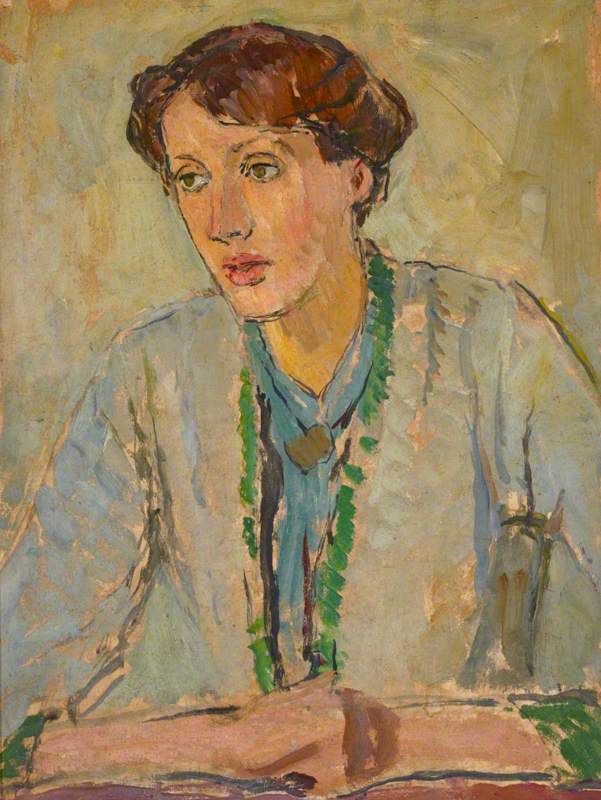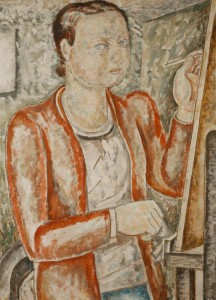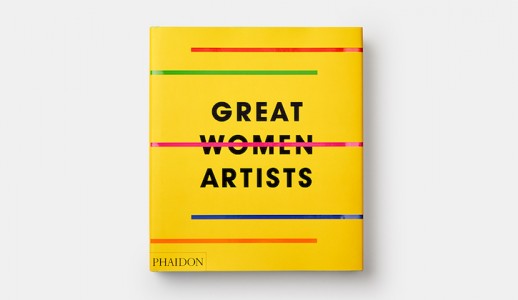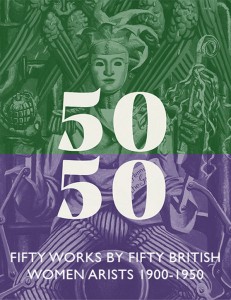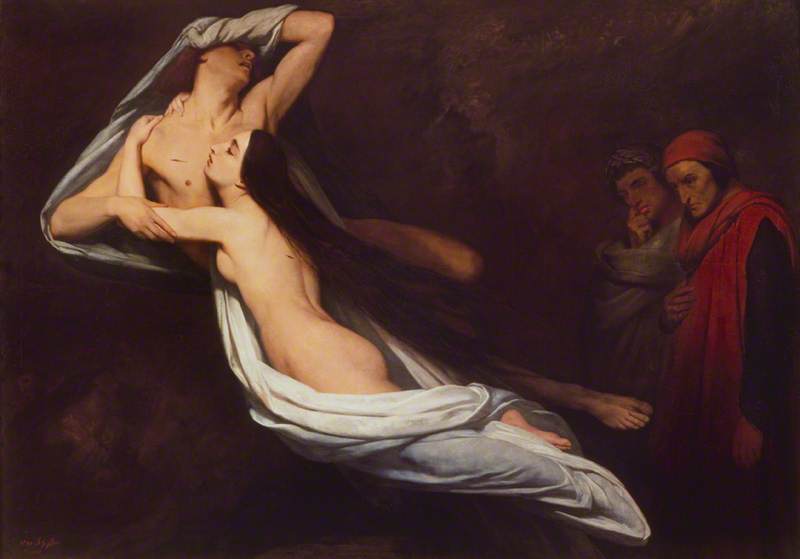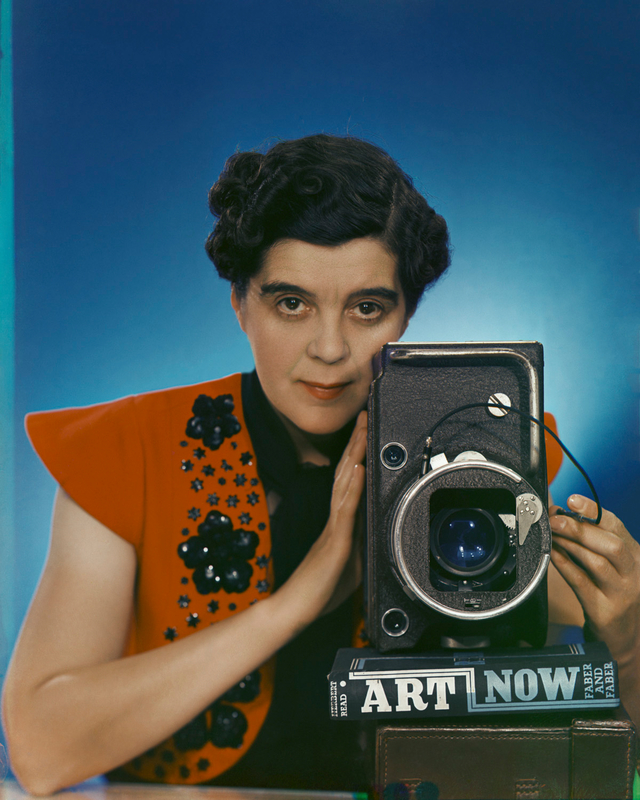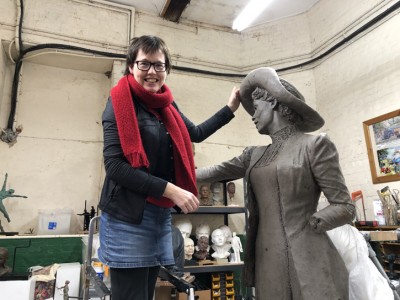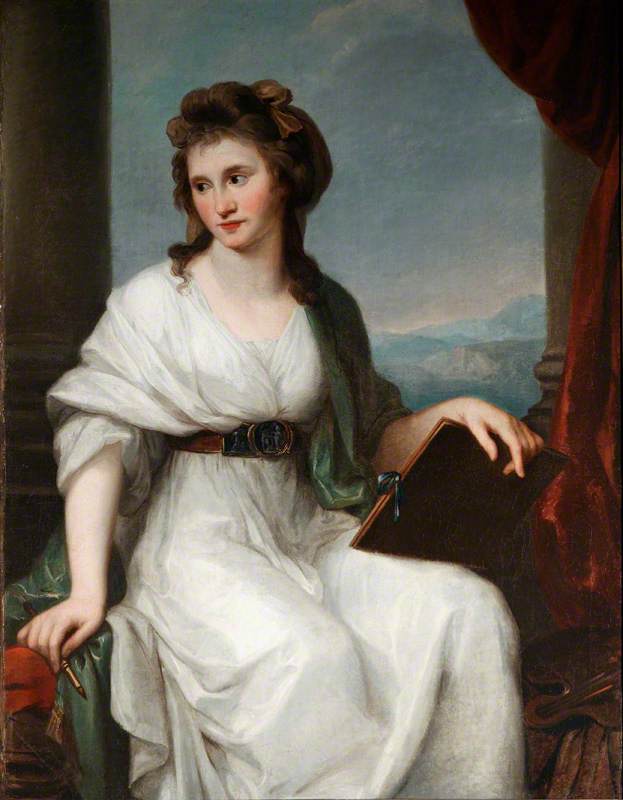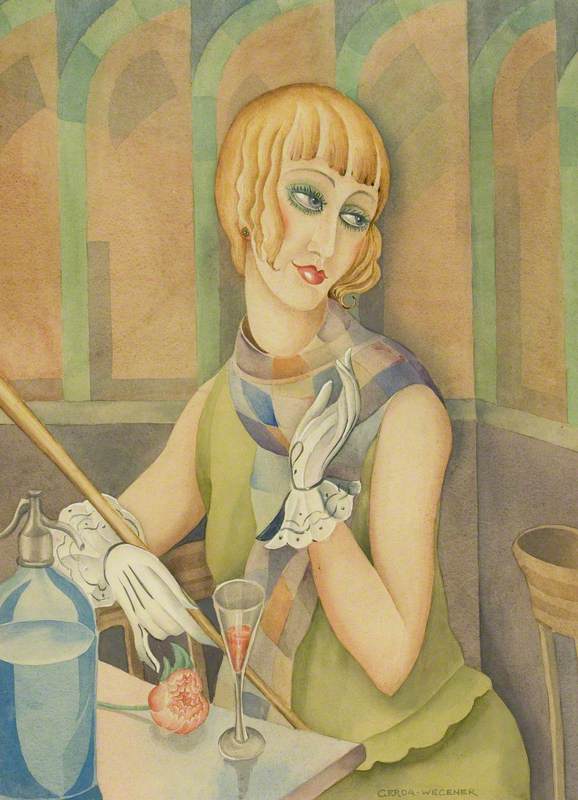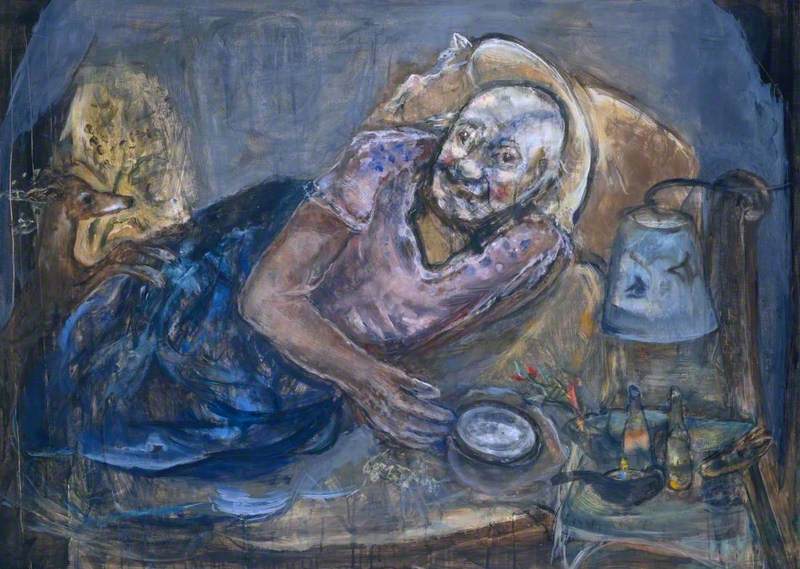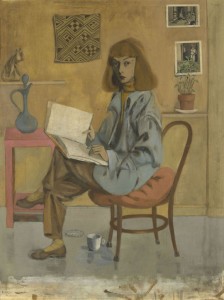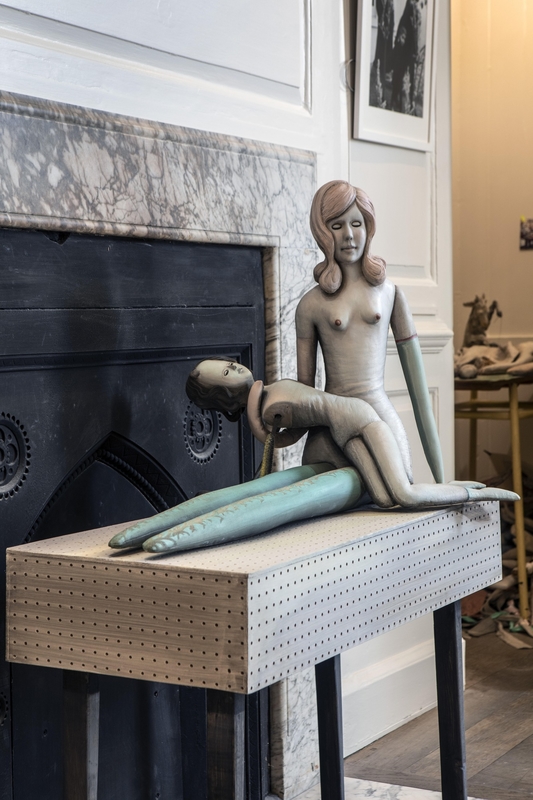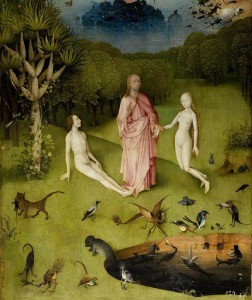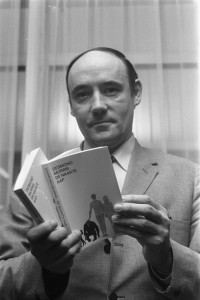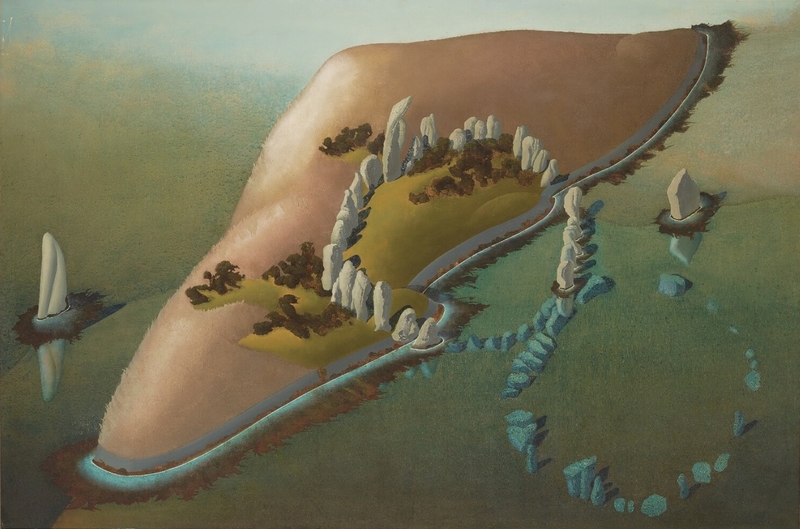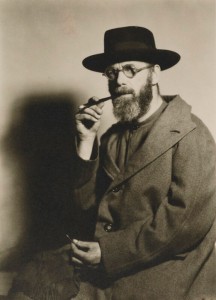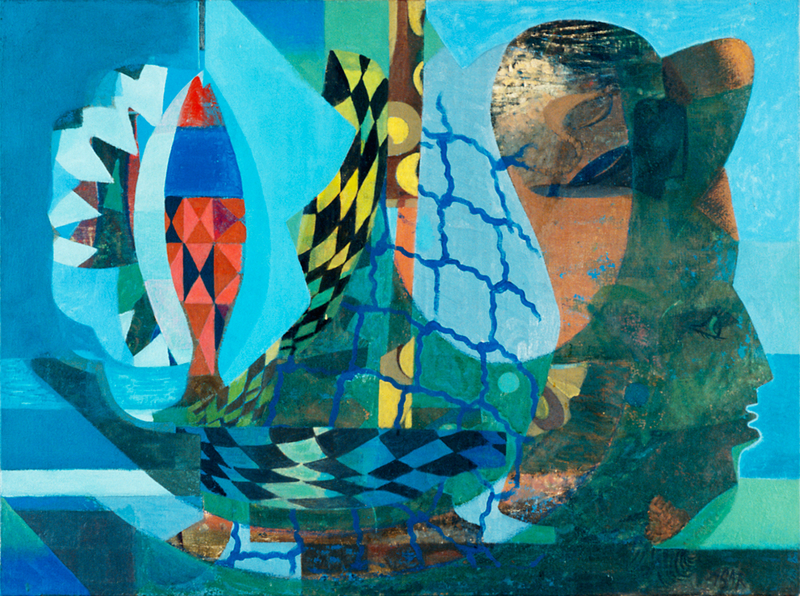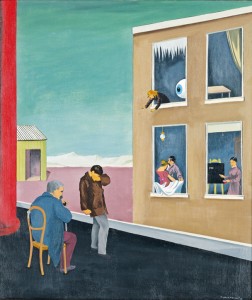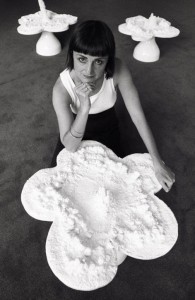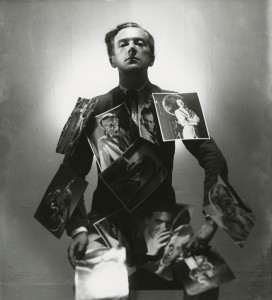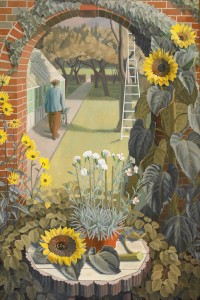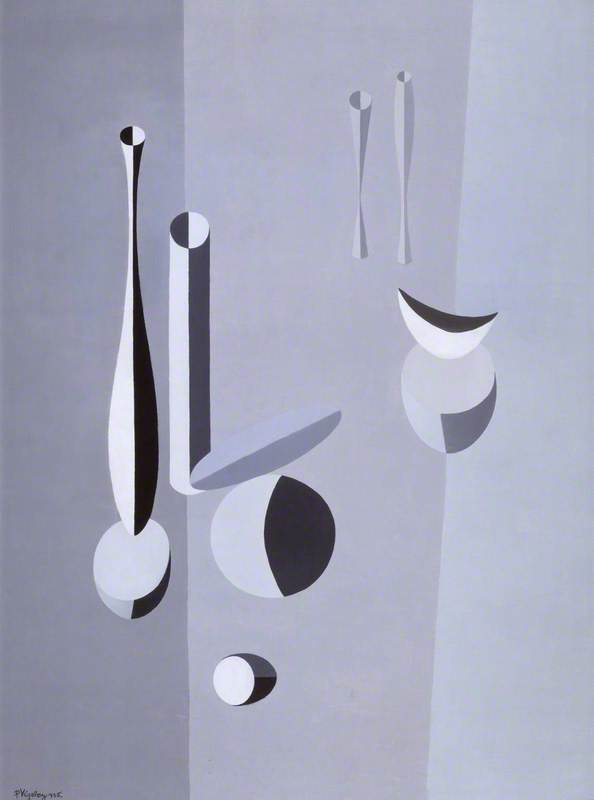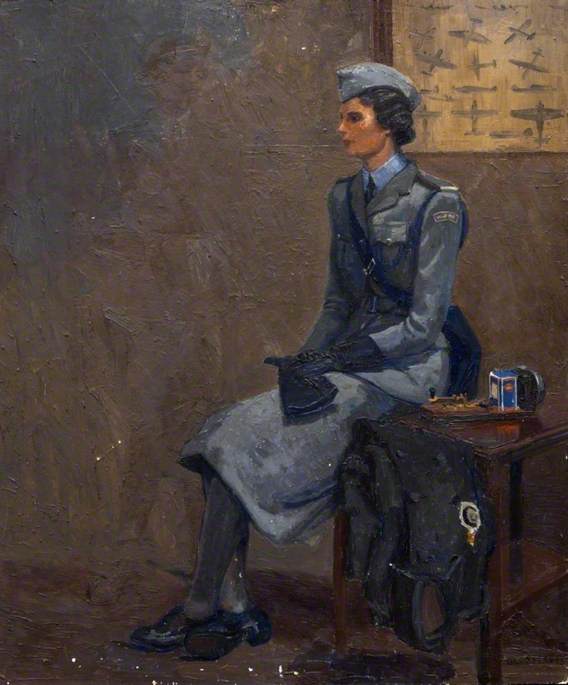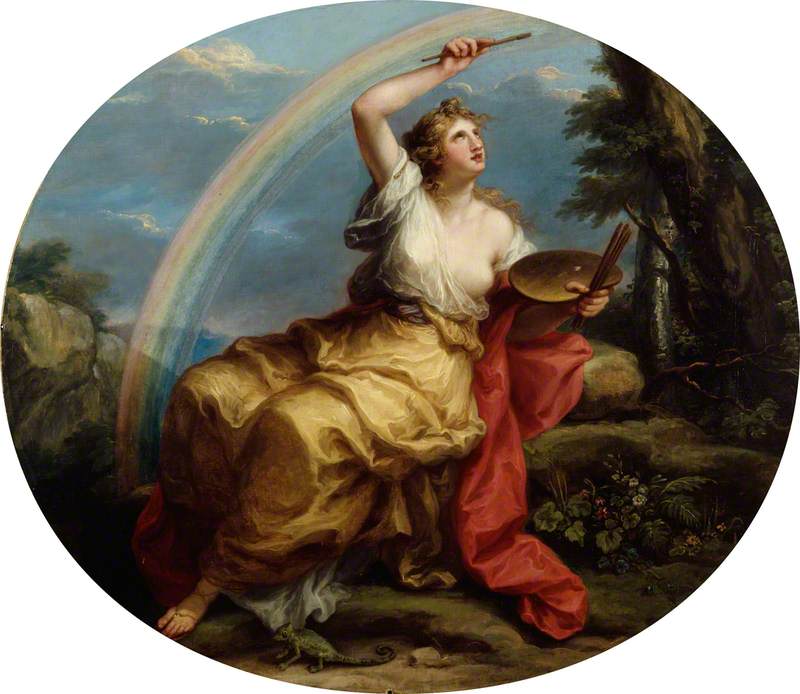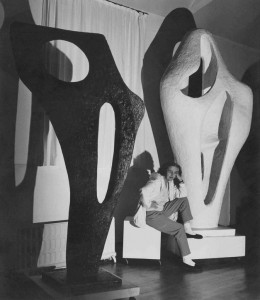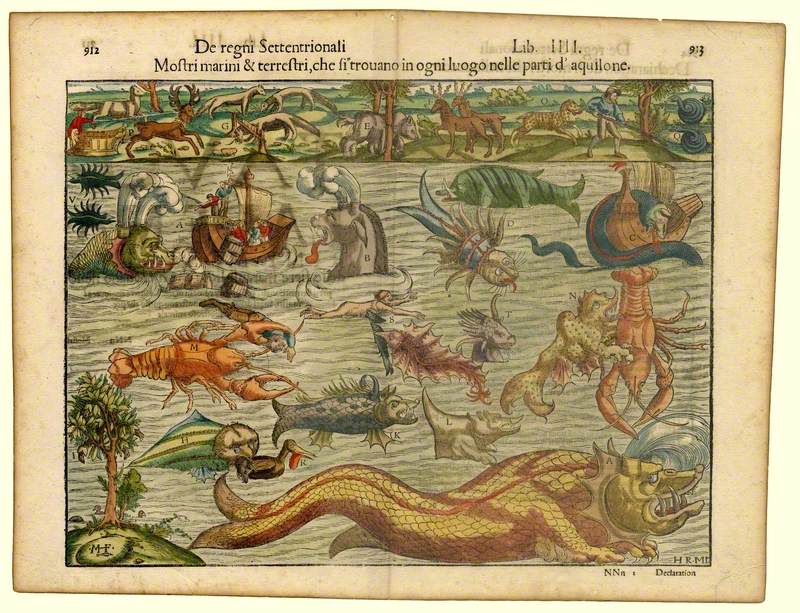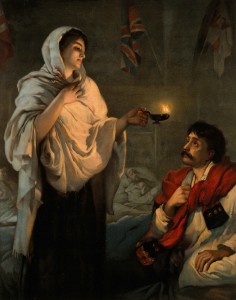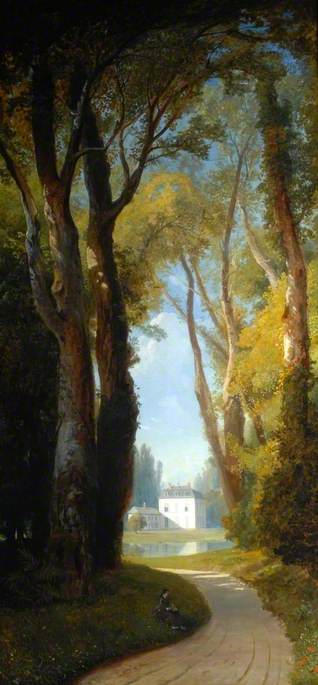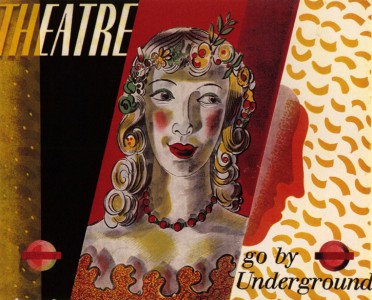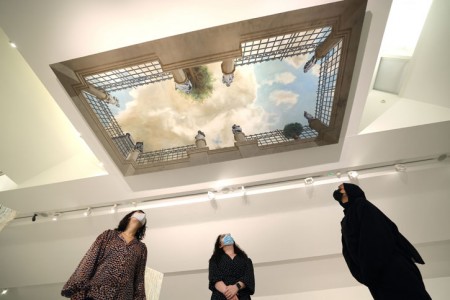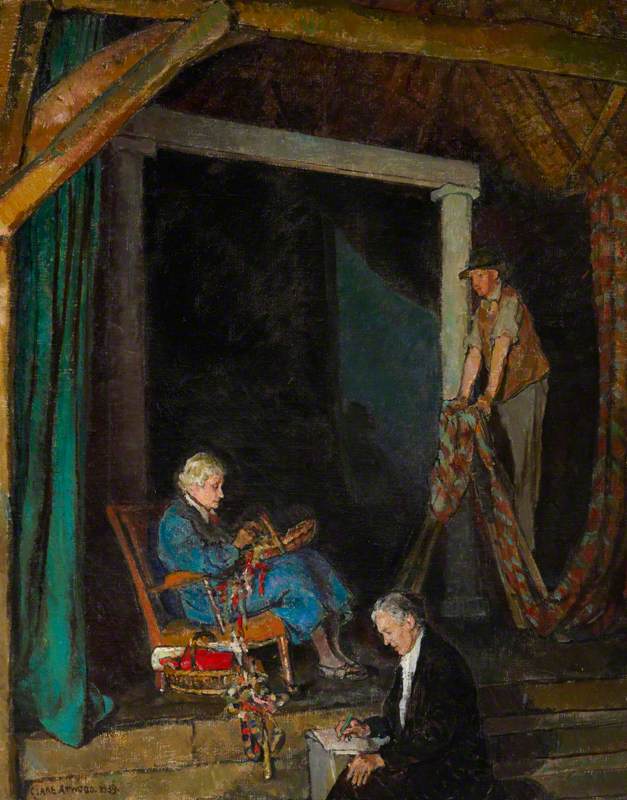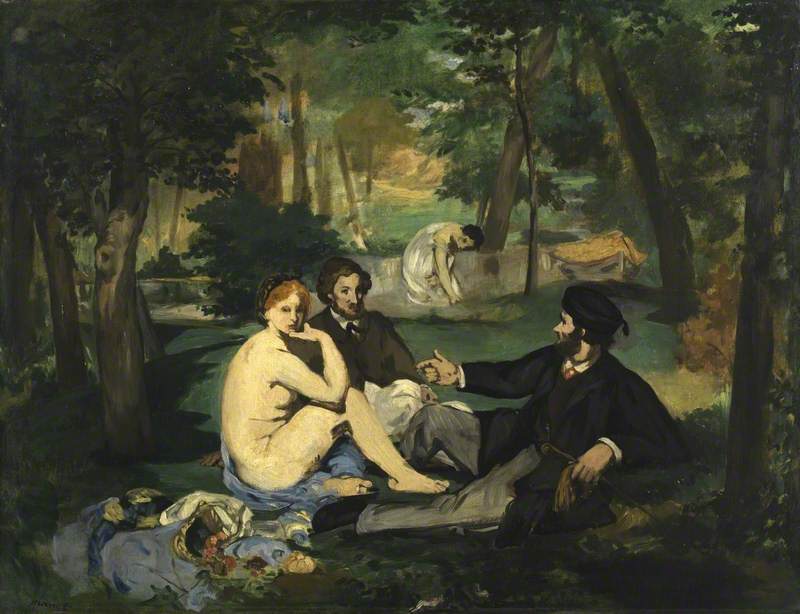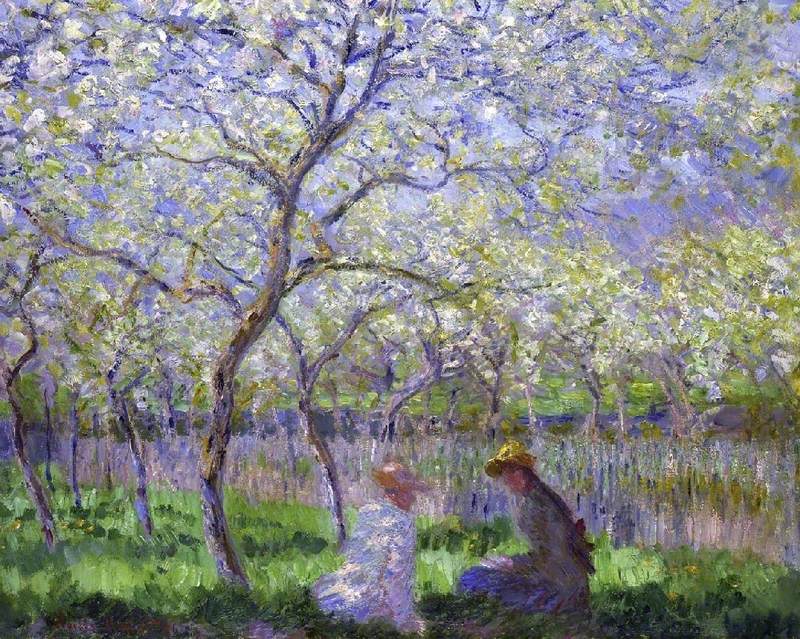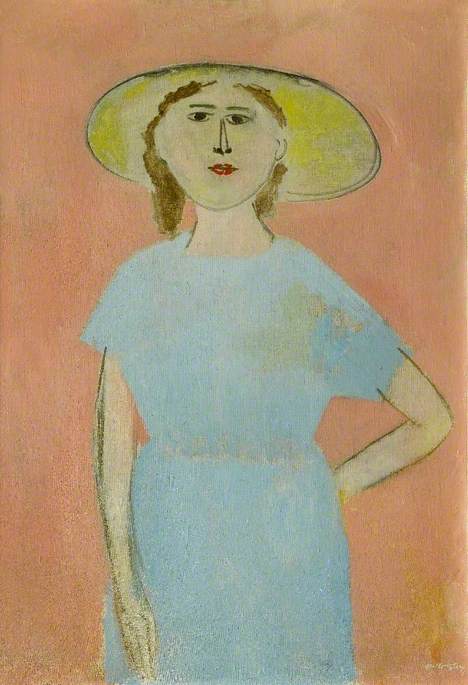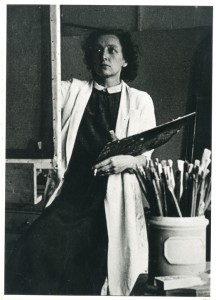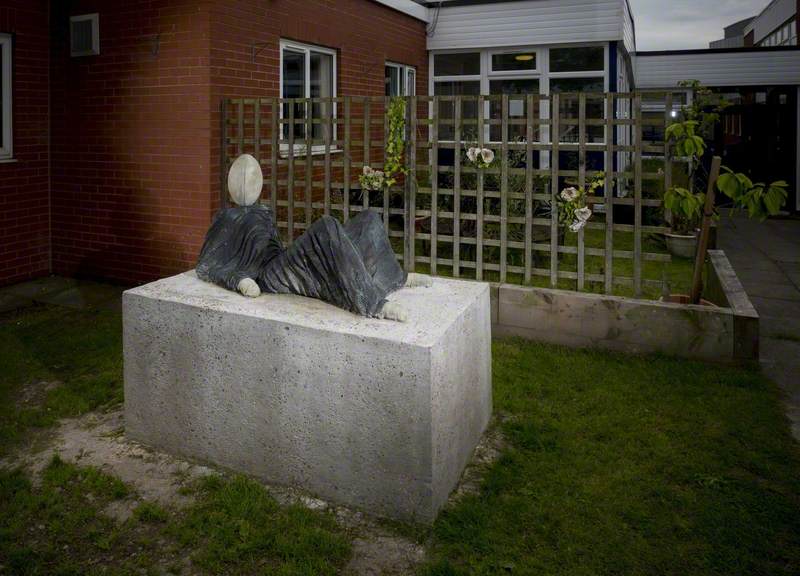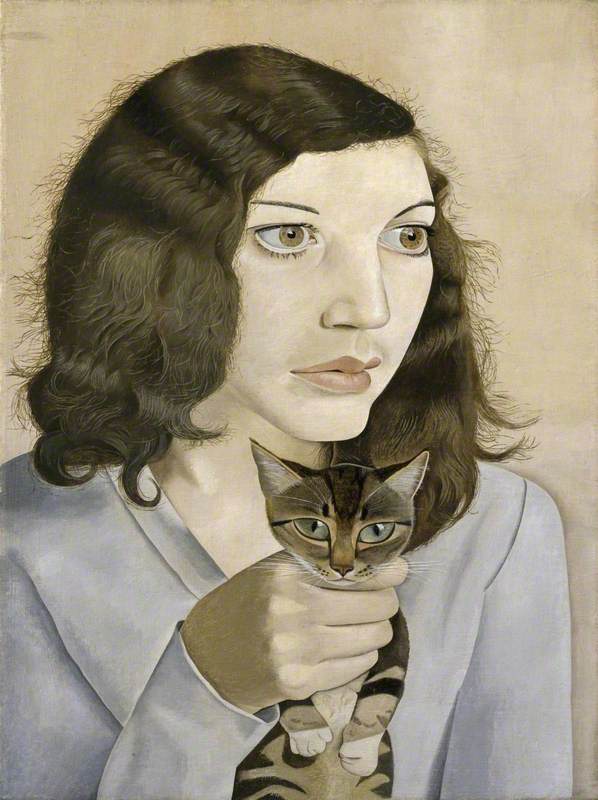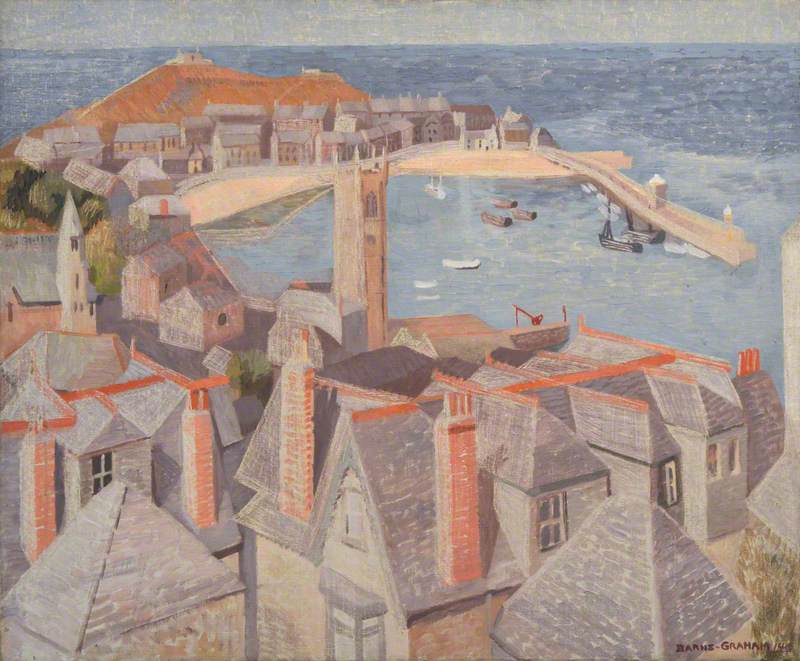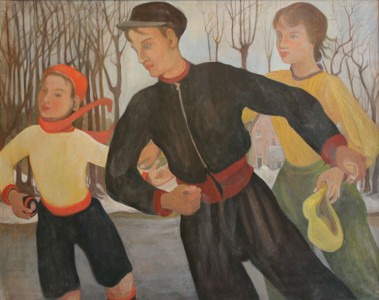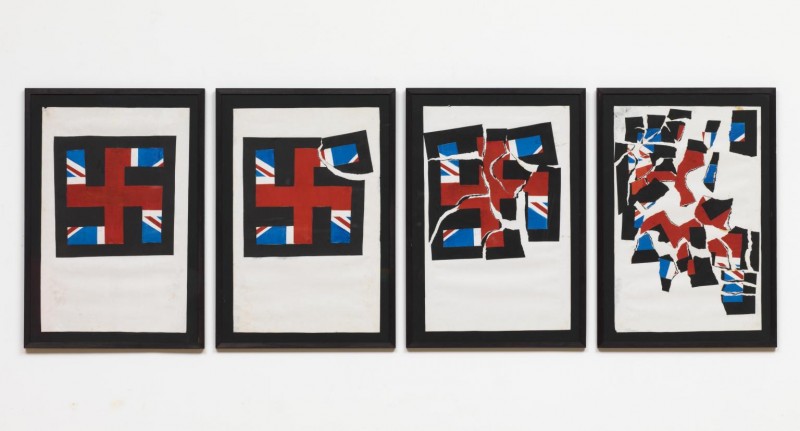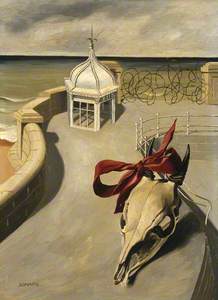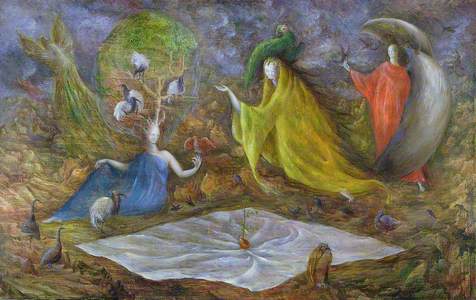In 1924, André Breton (1896–1966) penned the First Surrealist Manifesto, rejecting reason and rational thought in favour of the limitless potential of the unconscious mind. Surrealism was initiated in Europe as early as 1917, with Paris at its centre, but the movement didn't formally emerge in Britain until the 'International Surrealist Exhibition' in London in 1936.
The 'British Surrealism' exhibition, now indefinitely postponed at Dulwich Picture Gallery, presents a survey of the Surrealist influence on British visual culture, positioning it within a wider cultural context. Over a quarter of the works are by women artists, who occupied a complex and often ambivalent position within the movement. As Sacha Llewellyn writes in the 'British Surrealism' catalogue, women were 'revered and simultaneously feared, objectified and debased.'
The rich revelatory cultural landscape of Surrealism, with its focus on anarchic social freedom and sexual liberation, provided a radical and productive environment in which women could explore themes of gender and identity, but they also risked being trapped as passive objects, muses, or erotic fantasies to their male peers. 'Arguably, women thrived within Surrealism in spite of the problematic iconography accorded to them by male figures,' Llewellyn asserts.
Art historians have argued that the British were overlooked in relation to their virtuoso European equivalents, an argument which then becomes more complex when considering the work of British women artists.
Eileen Agar (1899–1991), for example, remarked that being a female Surrealist in Britain felt like being a 'minority within a minority'. Numerous male British artists, such as Paul Nash (1889–1946) or Henry Moore (1898–1986), were only associated with the movement for a phase. Female artists, however, sustained a lifelong engagement with Surrealist ideas and their work was far more subversive and challenging as a result.
Marion Elizabeth Adnams
Marion Elizabeth Adnams (1898–1995) was born in Derby, where she lived and worked as an art and languages teacher. Influenced by her drawing tutor, the Surrealist painter Alfred Bladen, in addition to the work of the René Magritte (1898–1967) and Salvador Dalí (1904–1989), she began making surrealist paintings in 1937. The motif of an animated paper doll recurs throughout her practice, often depicted in the outdoors, from moonlight forests to deserted beaches.
The traumatic horrors of war can be also be inferred in Adnams' macabre paintings. In Aftermath (1946), she juxtaposes an animal skull and barbed wire with a provincial English seaside vantage. Her work gained some recognition from the late 1930s onwards, with the artist exhibiting in London and other regional art galleries in the Midlands. Despite this, Adnams chose not to join any official British Surrealist groups, and became Head of the Art Department at Derby Training College in 1946.
Eileen Agar
The artistic career of Eileen Agar (1899–1991) spanned over 70 years, during which time she continually experimented with a wide range of techniques and subject matter. Born into a wealthy British family in Buenos Aires in 1899, Agar studied at the Slade School of Art before living in Paris from 1928 to 1930.
The painting Three Symbols (1930) was her first dedicated foray into the realm of Surrealism. While she was to reflect later in life that 'surrealism opened up new possibilities in subject matter for me,' she also maintained that her interest in Abstraction and Cubism gave her 'the benefit of geometry and design to match and balance and strengthen the imaginative elements of a composition.'
Agar signed the British Surrealist Group's inaugural manifesto. Her association with the group enhanced her critical reputation and meant that she was one of only two women to exhibit in the 1936 'International Surrealist Exhibition'. Working intuitively with mixed media and collage, Agar's Surrealism can be gleaned by her enduring interest in juxtaposition and the subconscious mind, utilising unrelated and unexpected combinations of images and objects.
Leonora Carrington
Growing up in Lancashire, Leonora Carrington (1917–2011) was influenced by her Irish Catholic mother's ghost stories and fairy tales, the work of Lewis Carroll and Edward Lear, and local reports of witches and witchcraft. In 1937 she met Max Ernst (1891–1976) and they ran away to France. After the Second World War, she emigrated to America and later moved to Mexico.
Carrington was interested in esoteric feminism – notably alchemists, spiritual guides, and visionaries – and populated her work with figures and animals drawn from ancient pagan mythology. These ethereal, otherworldly characters are represented in The Pomps of the Subsoil (1947), where a tree of knowledge sprouts from one woman's head and a green parakeet rests on another woman hooded in a mustard-coloured cloak.
In The Old Maids (1947) Carrington reconfigured a tea party as an opportunity for women to commune with the central goddess figure, whose form and halo are reminiscent of religious statuary. Birds often abound in her work, and were a pertinent allegory for women Surrealist artists more generally – particularly Edith Rimmington (1902–1986) and Emmy Bridgwater (1906–1999) – due to their association with the promise of freedom and escape.
Ithell Colquhoun
A self-taught artist, Ithell Colquhoun (1906–1998) moved to Paris in 1931 and became closely involved with the community of Surrealist artists living there. Fascinated by the work of Dalí, her work adopted the surrealist trope of the 'double image' and often exaggerated the anthropomorphic or sexual qualities of a landscape.
In Scylla (1938), the rock formation of a seascape can also be seen as a pair of thighs and knees, with seaweed in place of pubic hair, while her Alcove paintings (1946–1948) amalgamated vulvic and labial forms. Colquhoun joined the British Surrealist group in 1939.
In Gouffres amers (1939), a painting made that same year, she portrayed a decaying river god in a mocking response to male artists' obsession with eroticising the female body. Her interest in surrealist automatism was rooted in notions of spirituality rather than the unconscious, and Colquhoun broke from the group in 1940 after E. L. T. Mesens (1903–1971) demanded that she curtailed her research into occult practices and witchcraft, which she refused to do.
Grace Pailthorpe
The relationship between Surrealism and psychoanalytic theory was readily explored by Grace Pailthorpe (1883–1971) and Reuben Mednikoff (1906–1972), who worked together from 1935 until Pailthorpe's death in 1971. Advancing ideas of the Freudian unconscious, they interpreted one another's work through theories of repressed trauma and infantile fantasies.
After growing up within the strict religious environment of the Plymouth Brethren, Pailthorpe had served as a surgeon in the First World War, and was trained as a doctor and criminal psychologist. In her paintings and watercolours, biomorphic forms and intrauterine environments abound, as with Abstract with Eye and Breast (1938), where eyes, breasts, and sperm motifs all seep into one another.
Pailthorpe proposed the notion of 'intellectual hermaphroditism' in her writing, and the fantastical beast in her 1941 drawing A Monster with Five Feet has both male and female genitalia. André Breton proclaimed Pailthorpe and Mednikoff the 'best and most truly Surrealist' of the contributions to the 1936 'International Surrealist Exhibition'. However, they were expelled from the group in 1940 after Mednikoff attempted to redefine the role of the movement in relation to wartime.
Edith Rimmington
Born in Leicester, Edith Rimmington (1902–1986) trained at Brighton School of Art. She moved to London after seeing the 'International Exhibition of Surrealism' in 1936, and joined the British Surrealist Group in 1937, exhibiting in the 'Surrealist Objects and Poems' presentation at the London Gallery that year. Rimmington was deeply involved in the group, attending regular meetings, and formed close bonds with other women, particularly Eileen Agar and Emmy Bridgewater.
Family Tree
1938, photomontage with collage & gouache by Edith Rimmington (1902–1986) 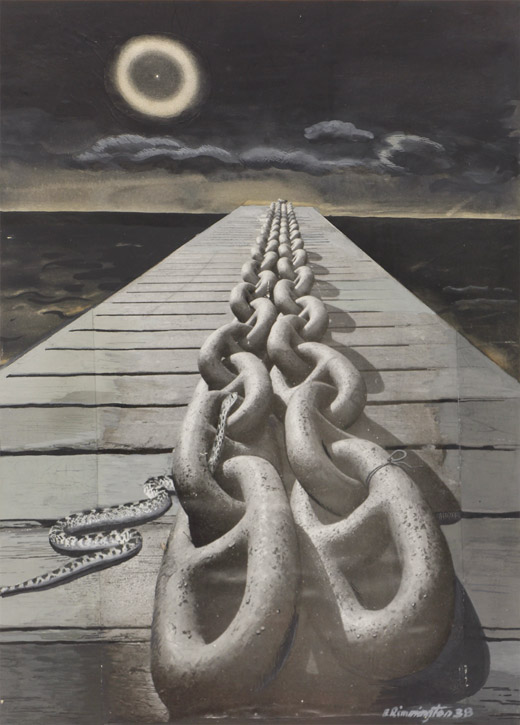
Many of her paintings from the 1940s explored the process of metamorphosis, notably The Decoy (1948) which featured stages from a butterfly's life cycle. Rimmington's images of women were often confrontational and anarchic figures, for example, Sisters of Anarchy (1940) with its two figures of Athena, the patron of philosophy and strategy of war.
In addition to painting, she wrote and published poetry and automatic writing. In 1950, she moved to Bexhill-on-Sea, where she became particularly interested in the medium of photography.
Philomena Epps, writer
The exhibition 'British Surrealism' at Dulwich Picture Gallery has been postponed
